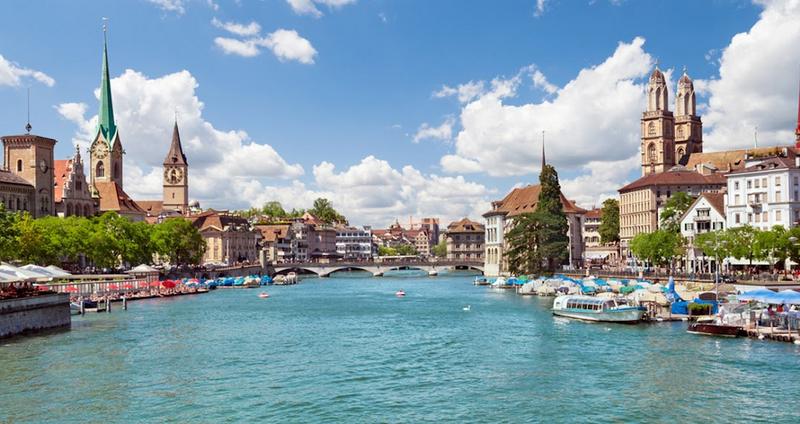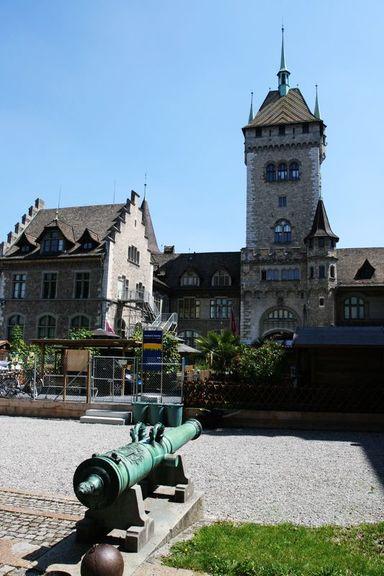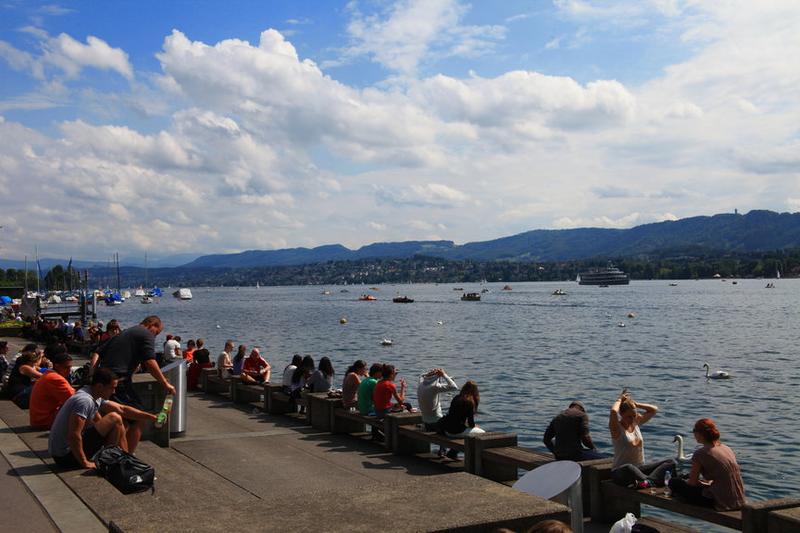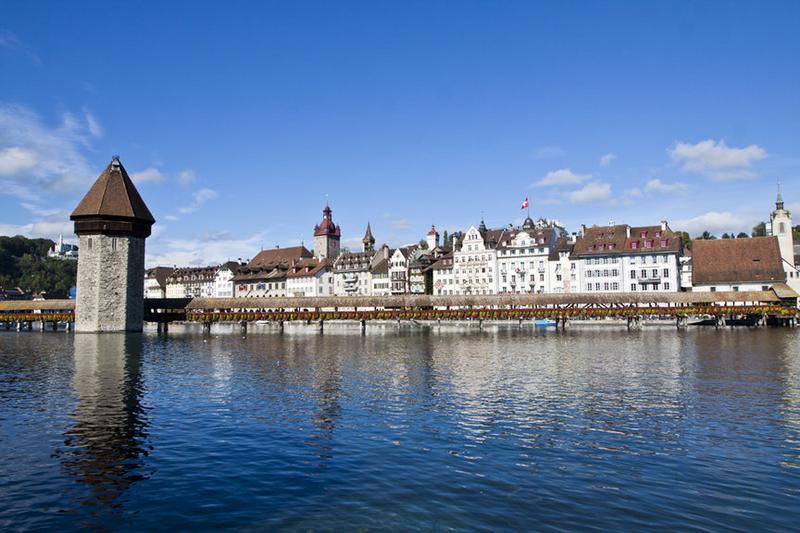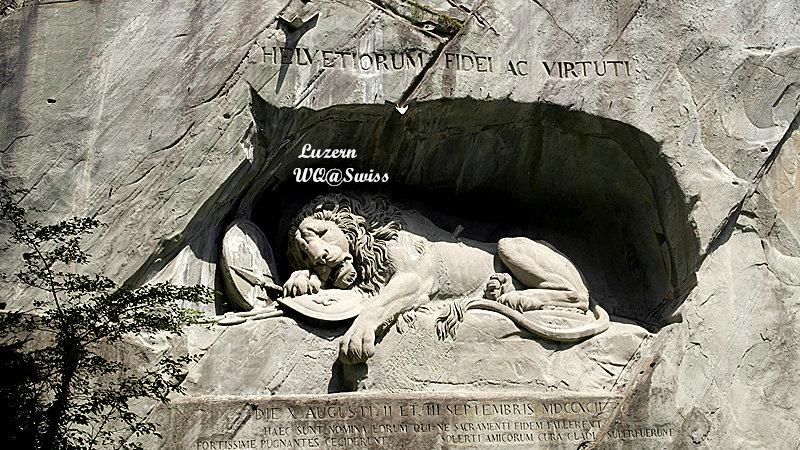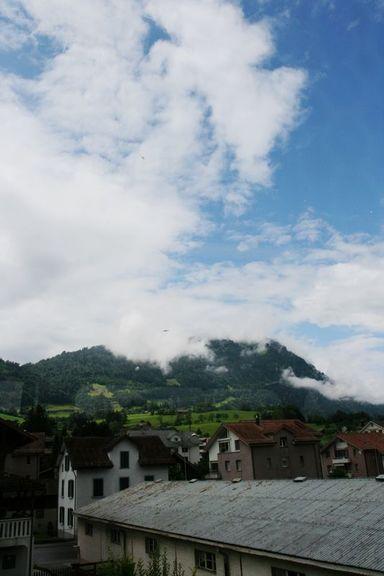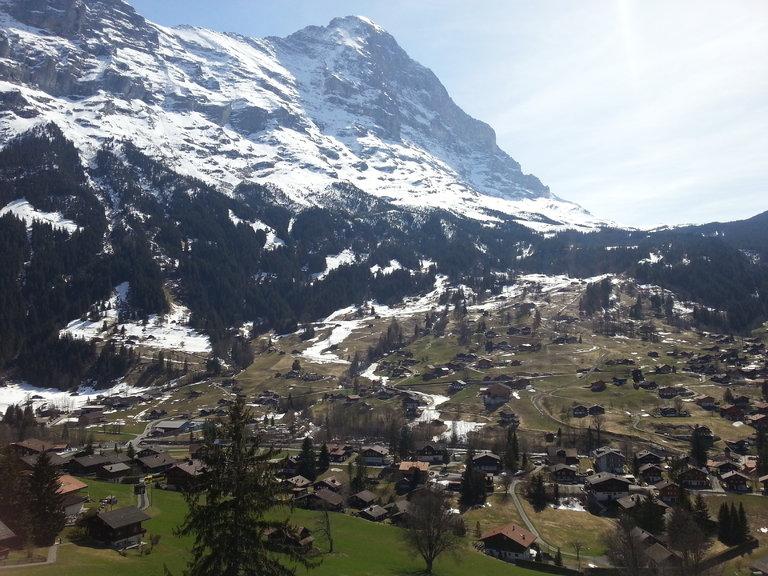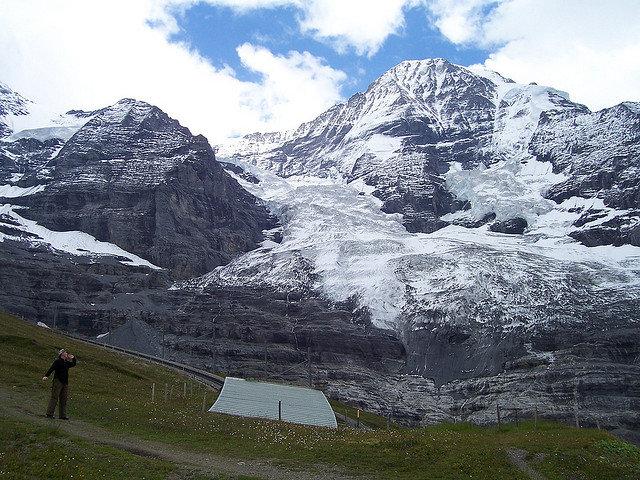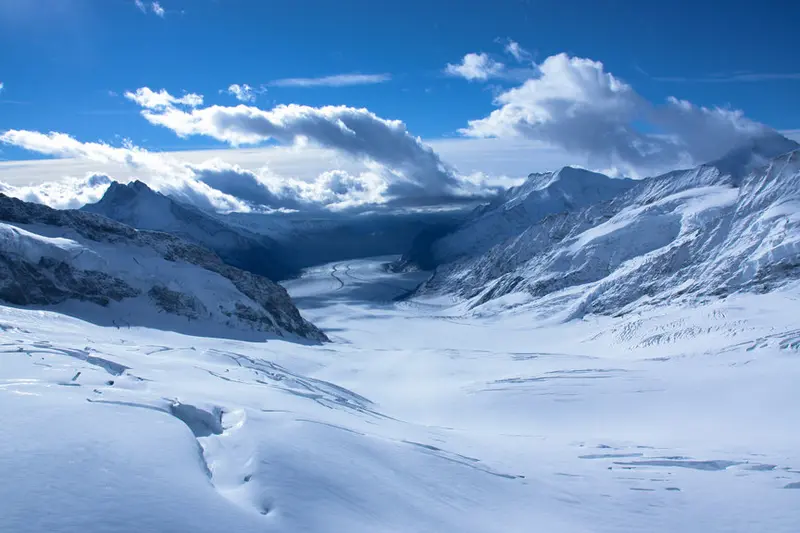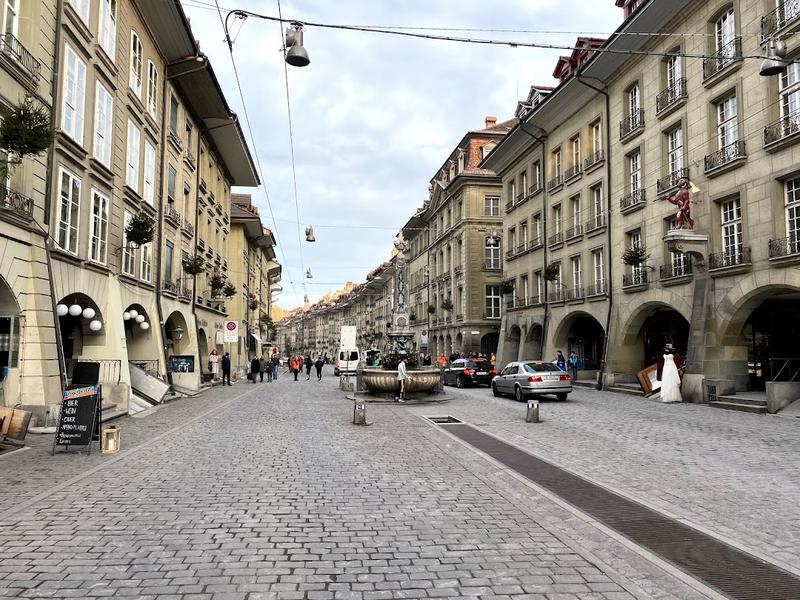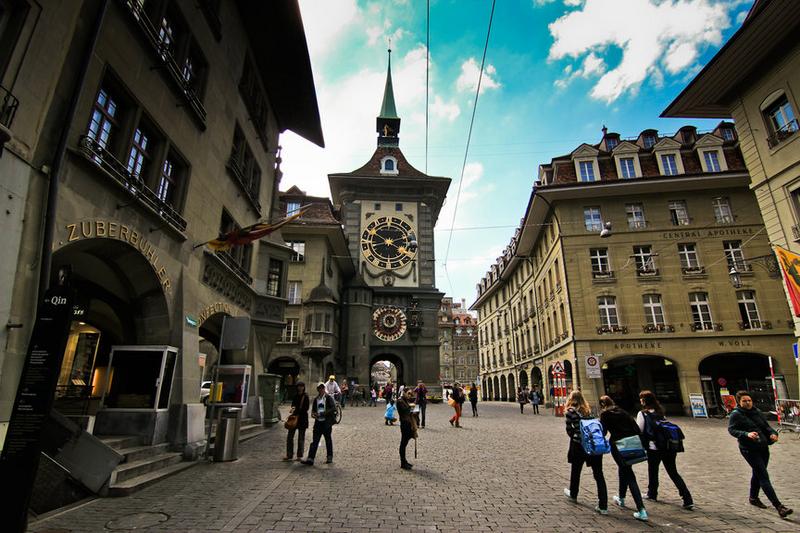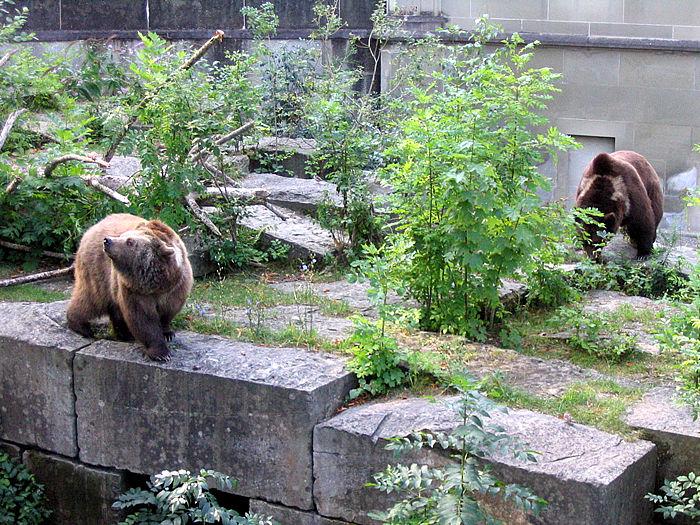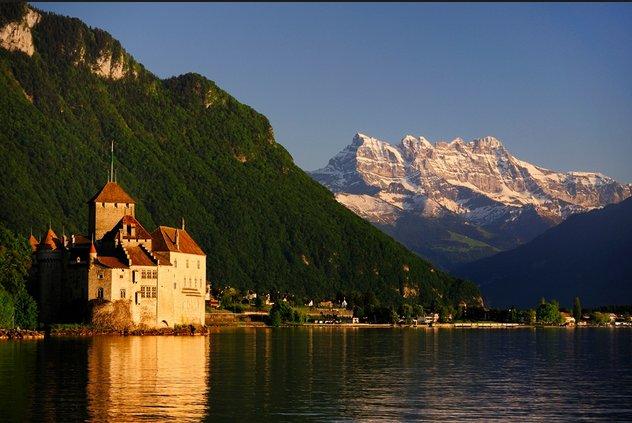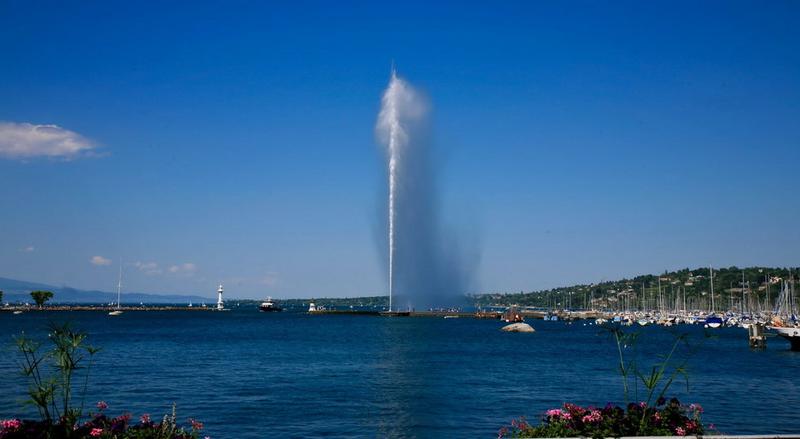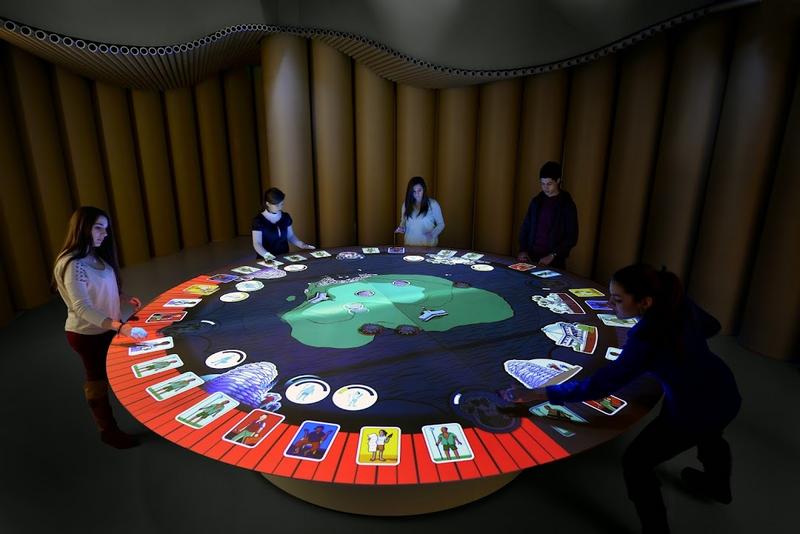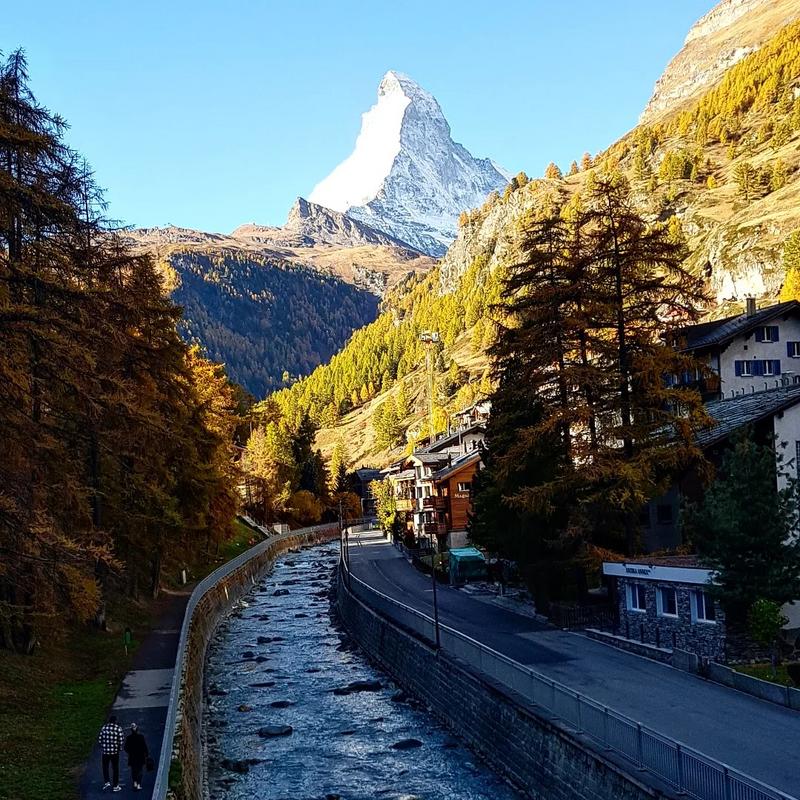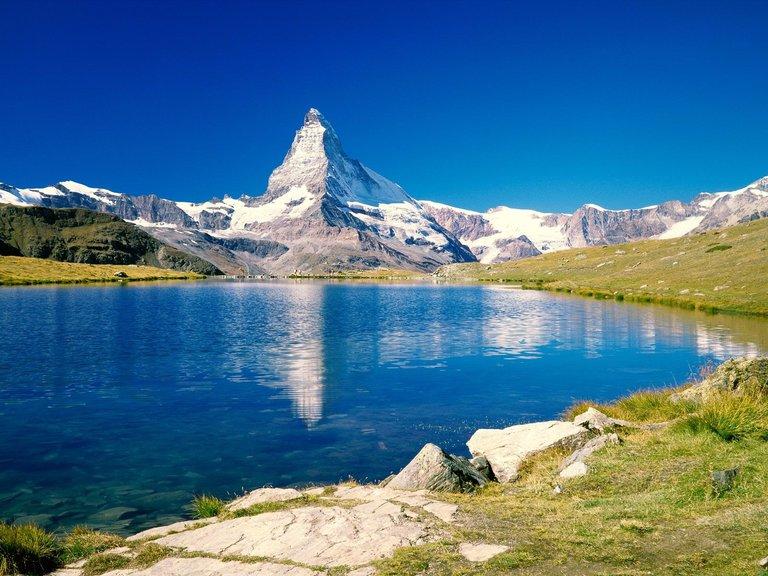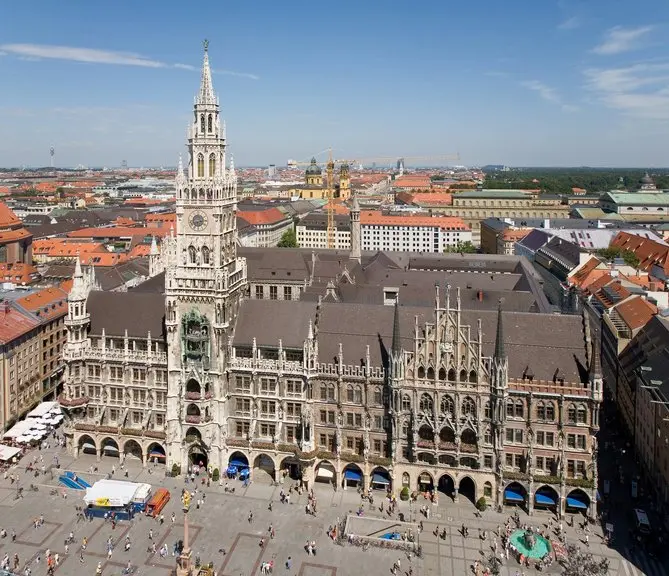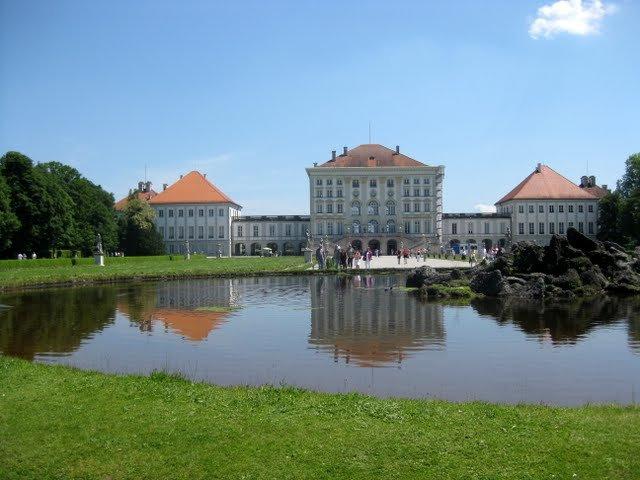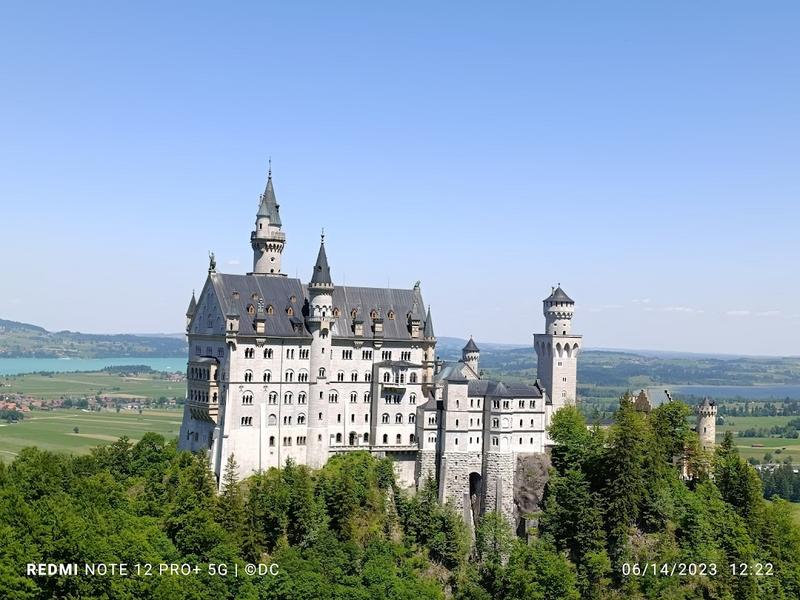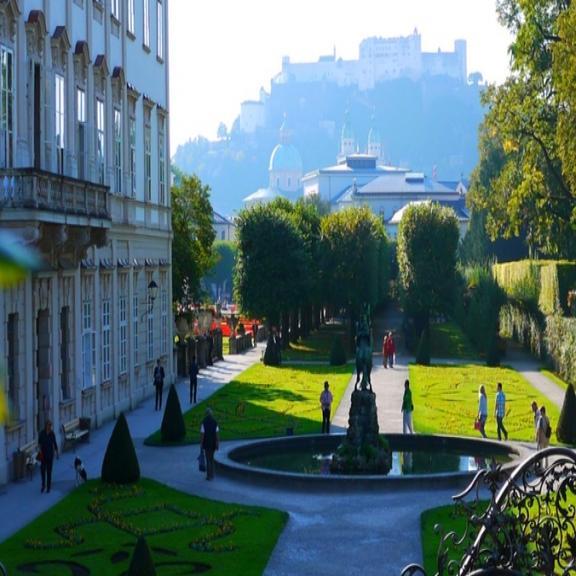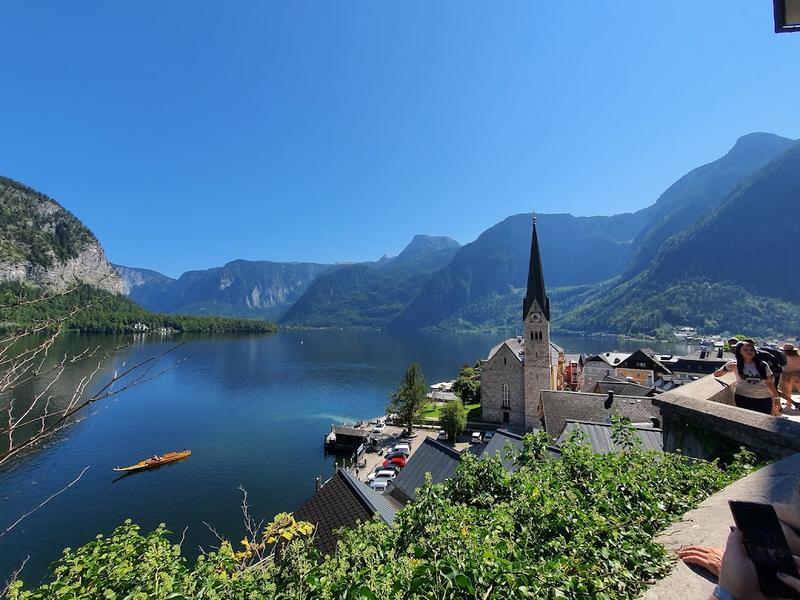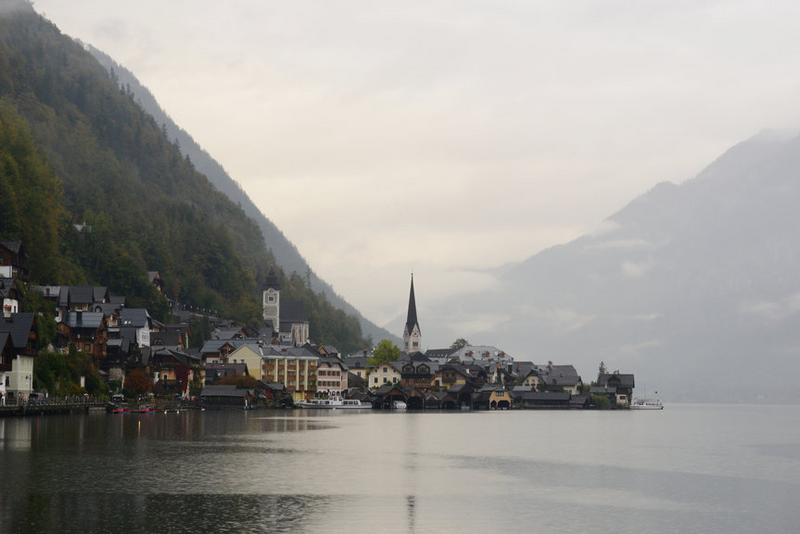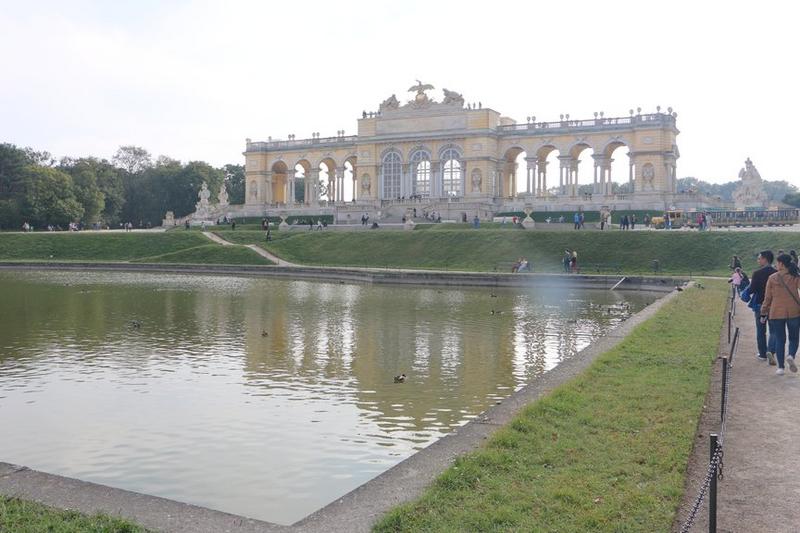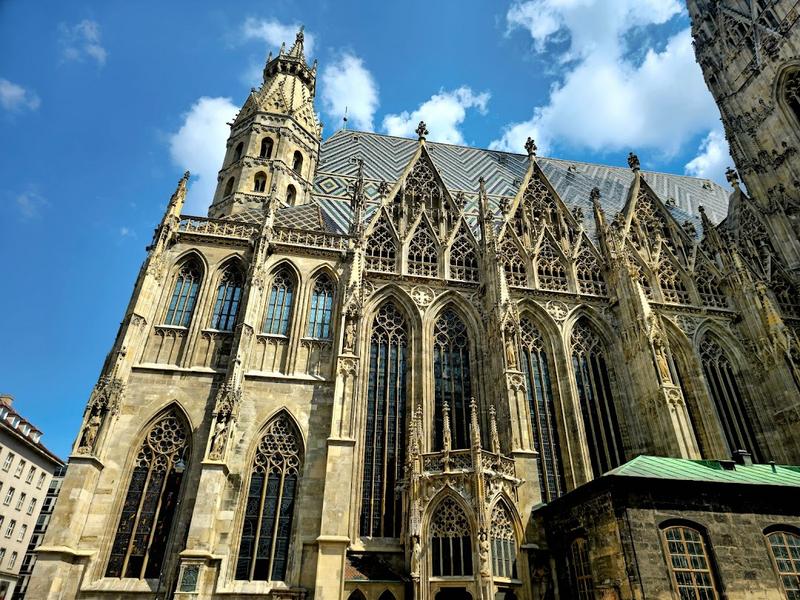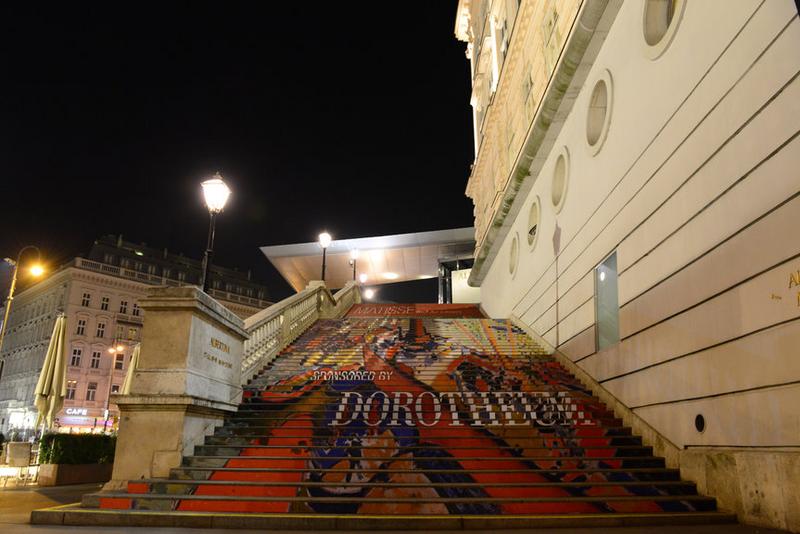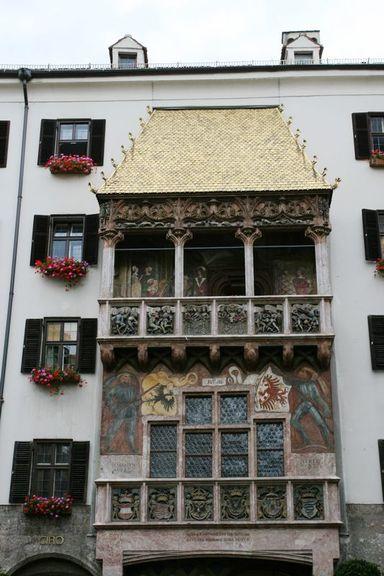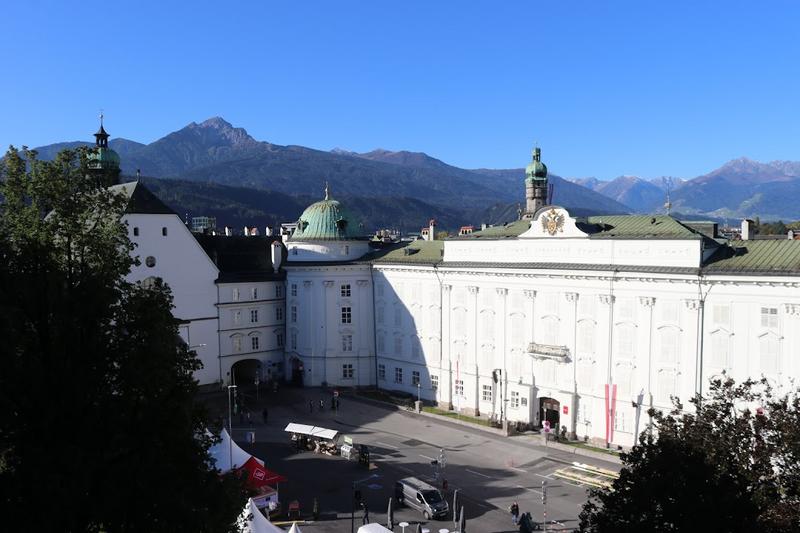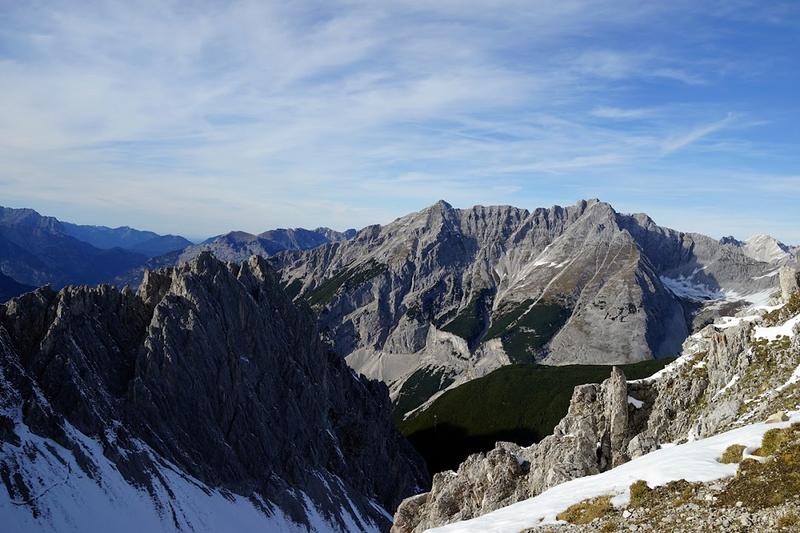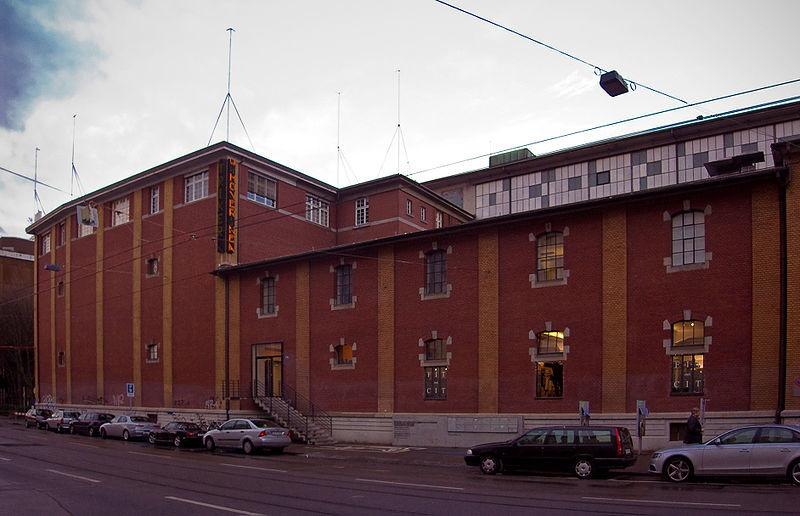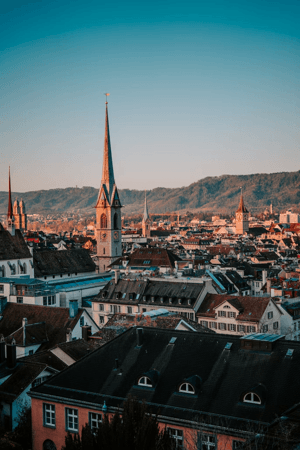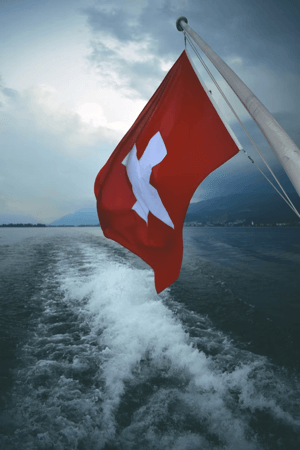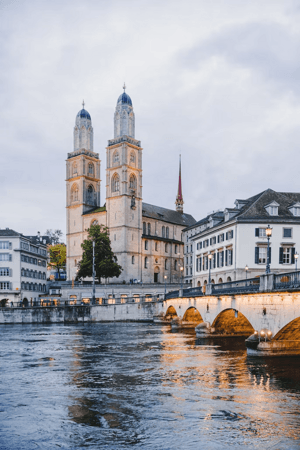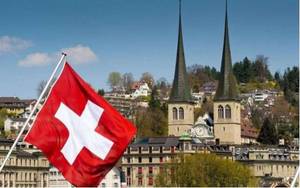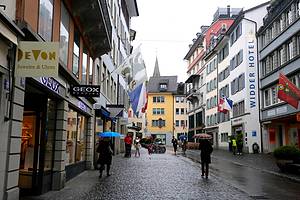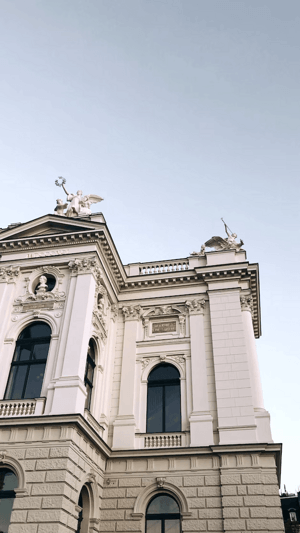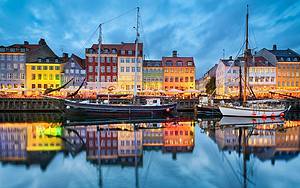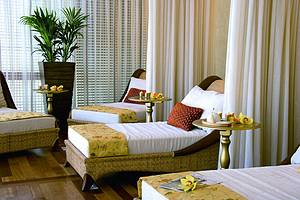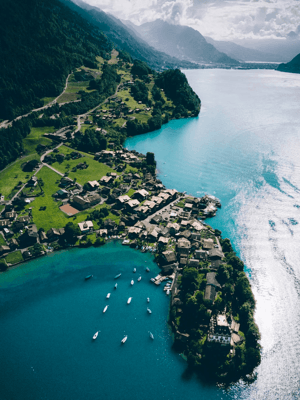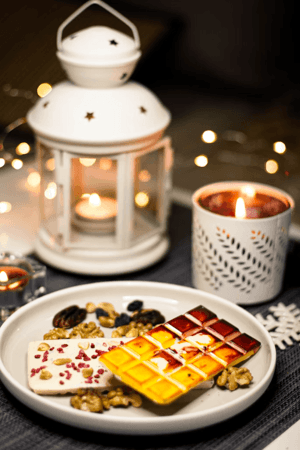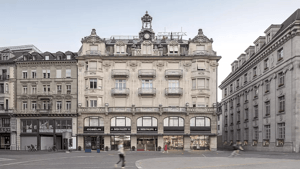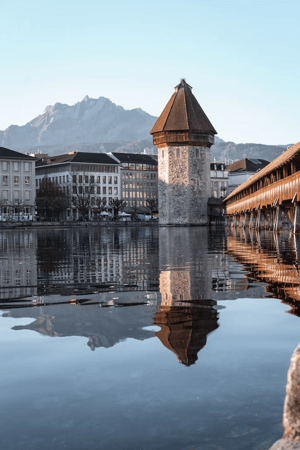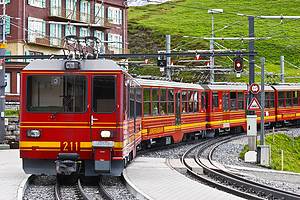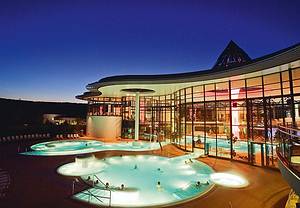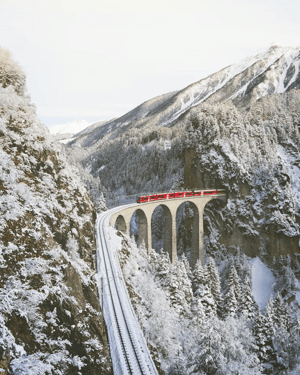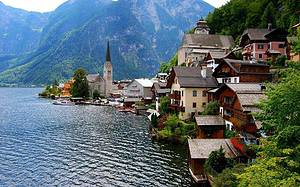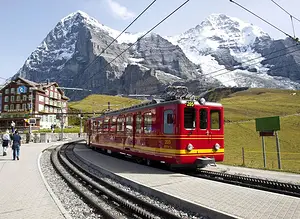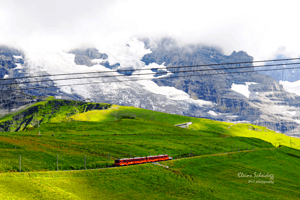Alpine Splendor: 14 Days Tour of Switzerland
12 cities |
34 attraction(s) |
total distance 1958
km
 TIPS
TIPS
Day1
Day2
Day3
Day4
Day5
Day6
Day7
Day8
Day9
Day10
Day11
Day12
Day13
Day14
Day1: Zurich
3 attraction(s) ·
3 km
2
Located across the train station in Switzerland, the Swiss National Museum (Schweizerisches Landesmuseum) was founded in 1989 as a well-known comprehensive museum in Switzerland. The museum primarily collects artifacts related to Swiss history and culture from the Neolithic era to the present. As the largest museum in Switzerland, it covers various eras such as stone tools, handicrafts, art, and humanities including paintings, providing a real display of thousands of years of European history.
3
km
3
The glacial Lake of Switzerland is located in the northeast of the plateau and extends southeastward from the city of Zurich. The lake is at an altitude of 406 meters and has a crescent shape, stretching 29 kilometers from southeast to northwest, with a maximum width of about 4 kilometers and a minimum width of only 1 kilometer. The lake covers an area of 88 square kilometers, with the northwest being deeper, reaching a maximum depth of 143 meters, while the southeast is relatively shallow.
The surrounding terrain of the lake is gentle and is often covered with vineyards and orchards. When looking south, the beautiful Alps can be seen. The lake is home to a large number of water birds, and signs have been set up along the shore for people to observe them. The most famous and easily identifiable species of water bird is the swan, with its snow-white body and plump appearance unmatched by other water birds.
Pigeons and seagulls can often be seen gathered together by the lake, sometimes soaring in the air, sometimes playing with swans on the water's surface and sometimes flapping their wings to forage at the lakeside. Tourists by the lake always attract a large number of seabirds, which compete to divide the food. The unique scene of people and birds living in harmony by the lake forms a unique landscape.
Day2: Kriens-Luzern
3 attraction(s) ·
11 km
1
The Kapellbrücke is a 204-meter (670-foot) wooden covered bridge that spans the Reuss River at the outlet of Lake Lucerne in Switzerland. It is a famous tourist attraction and landmark of Lucerne. The bridge was built in 1333 for defense purposes and is brown in color with a red roof. It houses approximately 120 paintings from the 17th century depicting the history of Lucerne. However, most of the bridge was destroyed in a ship collision in 1993, but was quickly rebuilt to its original form. The current bridge is a reconstruction built after 1993. In the middle of the bridge is an octagonal water tower that is 140 feet tall and was historically used as a prison, torture chamber, lookout and treasury. On the north bank of the Kapellbrücke is the St. Peter's Church, which is why it is commonly called the "Church Bridge".
1
km
2
This dying lion statue, measuring 10 meters long and over 3 meters tall, was carved by a Danish sculptor in 1821 on natural rock. The statue depicts a suffering lion lying on the ground with a broken spear through its shoulder, next to a shield adorned with the Swiss coat of arms. The purpose of the statue was to commemorate the 786 Swiss mercenaries who sacrificed themselves on August 10, 1792, to protect the safety of the Louis XVI family inside the Tuileries Palace in Paris. There is also a description of the event inscribed below the statue.
At the time, Switzerland was a poor and backward country, and many men became mercenaries in various European countries to make a living. Swiss mercenaries were loyal to their employers and were brave warriors. However, the brutality of the mercenary system is often masked by honor and money. After this event, Switzerland stopped exporting mercenaries, leaving only the famous Swiss Guard to serve the Vatican.
Due to its depiction of loyalty and bravery, the Swiss Guard of the Vatican has been in service to this day. Mark Twain later came to Lucerne and praised this "the most tragic and touching statue in the world," which has been engraved in people's hearts ever since.
10
km
3
Pilatus Mountain is one of the famous attractions in Lucerne, the elevation of which is over 2100 meters. Tourists can take a boat from the pier in the center of Lucerne to the foot of the mountain, and then switch to the steepest cogwheel train in the world. This train journey is unforgettable, and tourists can enjoy magnificent mountain views.
Day3: Interlaken
4 attraction(s) ·
23 km
2
Egong Peak is located in the northeast of three peaks, adjacent to Shao Nü Peak, separated by Sengluo Peak. However, according to legend, Egong Peak's historical reputation is not glorious. An old man once left a bad impression on Egong Peak because he coveted Shao Nü Peak.
3
km
3
According to local legend, the Monk Peak is located between the Maid Peak and the Eg Peak to the northeast of the Maid Peak. It is said that a teenage girl who had just fallen in love was often harassed by the old man Eg. In order to protect her, the locals arranged a monk to keep an eye on Eg in the middle to ensure the safety of the girl.
4
km
4
The Jungfrau, located in the Bernese Highlands, is one of the most famous mountains in Switzerland and one of the most charming landscapes in the area. It has a friendly relationship with the Yellow Mountains in Anhui, China and is greatly favored by Chinese tourists. The Jungfraujoch Railway was opened nearly 100 years ago, taking visitors to Europe's highest railway station, the Jungfraujoch station at an altitude of 3454 meters, where there are restaurants and other services. Here, you can visit the super ice palace and explore the world inside the glacier, while enjoying the spectacular panorama of the Alps from the Sphinx and Platt viewing platforms. Additionally, you can also play to your heart's content in the glacial snowfields.
In 2001, this area was listed as a world natural heritage site by UNESCO, attracting even more attention. At an altitude of 3571 meters on the Sphinx viewing platform, you can take Switzerland's fastest elevator and enjoy the spectacular panorama of the Alps, including the Aletsch Glacier, 24 kilometers in length and the longest glacier in the Alps, in view of the landscapes of the Bern, Valais, and Rütli mountains. On clear days, you can also see the Black Forest in Germany.
Day4: Bern
3 attraction(s) ·
2 km
1
UNESCO World Heritage Site with arcaded walkways, fountains & Switzerland's tallest cathedral.
1
km
2
This bell tower was originally a part of the West Gate, and its appearance was rebuilt after a fire in the 15th century. The bell tower has a multifunctional astronomical clock that displays time, seasons and constellations. In addition to these functions, there will be exciting puppet shows before every hour for about 4 minutes.
1
km
3
Hilly park incorporating a 19th-century bear pit, now home to many brown bears, the city's symbol.
Day5: Geneva
3 attraction(s) ·
3 km
1
The surroundings of Lake Geneva are beautiful, perfect for strolling along the lake shore or experiencing the pleasure of boating.
1
km
2
The Geneva Fountain was built in 1886, with an early jet height of 90 meters. After renovation in 1951, the average jet height increased to 140 meters. The fountain has become a symbol of Geneva and one of the locally proud landmarks. For more information, please visit the official website.
3
km
3
Permanent exhibition highlighting the ongoing humanitarian work of the Red Cross & Red Crescent.
Day6: Zermatt
3 attraction(s) ·
2 km
2
The Matterhorn, also known as Monte Cervino, is one of the most famous mountains in the Alps. It is known as the "glacier paradise" and the "king of mountains". Even without extensive climbing experience, you can still appreciate the majestic scenery of the Matterhorn. By taking the highest aerial cable car in Europe or the Matterhorn Glacier Paradise Express, you can easily reach the observation platform of the glacier paradise, where you can enjoy a magnificent view of mountains and glaciers.
1
km
3
This Alpine railway rises 10,000 feet & passes through wildlife-rich terrain with glaciers & lakes.
Day7: Munich
2 attraction(s) ·
6 km
1
The must-visit place in Munich city center is Marienplatz. This square used to be a market place until 1807. Today, most of the buildings surrounding the square were built in the 19th and 20th centuries. In the center of the square stands a Marian column, where people express their gratitude and admiration for Virgin Mary. In the northeast corner of the square, there is a fish fountain, which used to be the place for butcher apprentices to complete their apprenticeship ceremony. Marienkirche is located in the northwest corner of the square, the New City Hall is situated on the north side of the square, and the Old City Hall is on the east side of the square. Viktualienmarkt is located in the southeast side of the square. Whether it's history, culture, or scenery, Marienplatz is a place not to be missed.
6
km
2
Nymphenburg Palace, built in 1675, is located in the west of Munich. It started as a summer residence for Duke Ferdinand Maria and his wife to celebrate the birth of their son. Over the centuries, it has been expanded and transformed into a magnificent palace, complete with baroque gardens, meandering canals, and charming pavilions. The main building is grand and adorned with gold, while the wings are symmetrically arranged. In addition, the Nymphenburg Palace complex also includes the Amalienburg Palace, the Bath House, and the Pagodenburg Palace, all of which are worth visiting.
Day8: Schwangau
1 attraction(s) ·
0 km
1
Turreted, 19th-century, hilltop castle built for King Ludwig II, with tours of furnished rooms.
Day9: Salzburg
2 attraction(s) ·
2 km
1
Salzburg Fortress is a castle located on Castle Hill in Salzburg, measuring 250 meters long and 150 meters wide. It is one of the great representatives of medieval castles in Europe. The castle was originally built in 1077 and underwent several expansions by different archbishops. In 1515, one significant addition was made to the castle's history - the construction of one of the oldest cargo cable cars in the world. It remains a symbol of the castle to this day.
2
km
2
Mirabell Garden, although small in size, is known for its carefully arranged flowers and plants. Even in winter, the garden is covered in white snow, still beautiful and pleasant, but seems to lack something.
To the north of the garden, there is a lawn and a small hill, a good place to relax. The garden is divided into the main area and a smaller area. The small rose garden on the east side and the stone stage next to the avenue on the west side are very distinctive, while the fairy garden, which can only be seen by going up the stairs and crossing the small bridge, is even more unique, but it is closed in winter.
In addition, the government offices of various departments and the famous Baroque-style Marble Hall (Marmorsaal) are also located in the garden. Here not only provides a venue for concerts for the people of Salzburg, but also attracts many tourists. During the Chinese New Year period, there will also be a meeting with overseas Chinese and international students here to celebrate the Chinese New Year.
Day10: Hallstatt
2 attraction(s) ·
2 km
2
Day11: Vienna
1 attraction(s) ·
0 km
1
Day12: Vienna
3 attraction(s) ·
3 km
2
Medieval Roman Catholic place of worship with an ornate spire, catacombs & a treasury museum.
2
km
3
Located in the center of Vienna's Ringstrasse, the Maria-Theresien-Platz, the Vienna Museum of Art History is one of the largest and most important museums in the world. Built with funds from the Habsburg family, the museum has 8 branches and 7 other branches in Vienna and Innsbruck. The art collection at the Vienna Museum of Art History spans five thousand years, from ancient Egypt through ancient Greece to the late 18th century. The museum's art collection focuses on the Renaissance and Baroque periods. The museum's collection is housed in several buildings, including the Picture Gallery, the Collection of Classical Art, the Kunstkammer, the Egyptian and Oriental Art Collection, and the Coin Collection. Visiting the museum's architecture itself is an extraordinary artistic experience, showcasing the grand dome hall and a wealth of Neo-Baroque decorations that are among the most magnificent interior decorations in Vienna, unmatched by other European museums.
Day13: Innsbruck
3 attraction(s) ·
5 km
1
Goldenes Dachl is an old building located at the end of Herzog-Friedrich-Strasse in the old town of Innsbruck, Austria. Built in 1500, it is an example of late Gothic architecture. Originally known as the New Residence, it was constructed to commemorate the engagement of Maximilian I. It was converted by Nikolaus during 1494-1496 from a previously dilapidated arcade into a loggia with Gothic vaulting, providing a vantage point to observe the square below and for watching games and theatrical performances. The loggia of the Goldenes Dachl spans a width of 16 meters, with a roof height of only 3.7 meters, but its roof is covered with 3,450 gilded copper tiles, hence its name. The eaves are adorned with ornate animal figures, and the columns are decorated with intricate reliefs, including statues of Emperor Maximilian I and his wife. The façade features the coats of arms of Austria and Hungary, the double-headed eagle and the king's eagle, as well as the coats of arms of Burgundy and Milan, Styria and Tyrol. The wall paintings on the Goldenes Dachl depict two guards carrying the flags of the Holy Roman Empire and Tyrol, and the original is preserved in the Tyrolean State Museum.
1
km
2
16th-century, later Renaissance & Baroque imperial palace, housing lavish interiors with frescoes.
5
km
3
Day14: Zurich
1 attraction(s) ·
0 km
1
The Zurich Art Museum is a gathering place for modern art exhibitions, with Rodin's iconic sculpture "The Gates of Hell" standing at the entrance. The museum showcases exquisite paintings, sculptures, and prints by many Swiss artists, with Alberto Giacometti's oil paintings and sculptures being an absolute must-see. Located in the old town area, the Zurich Art Museum was the predecessor of the new art museum in the early 20th century, mainly collecting and exhibiting works by Swiss artists, and periodically holding exhibitions of masterpieces.
